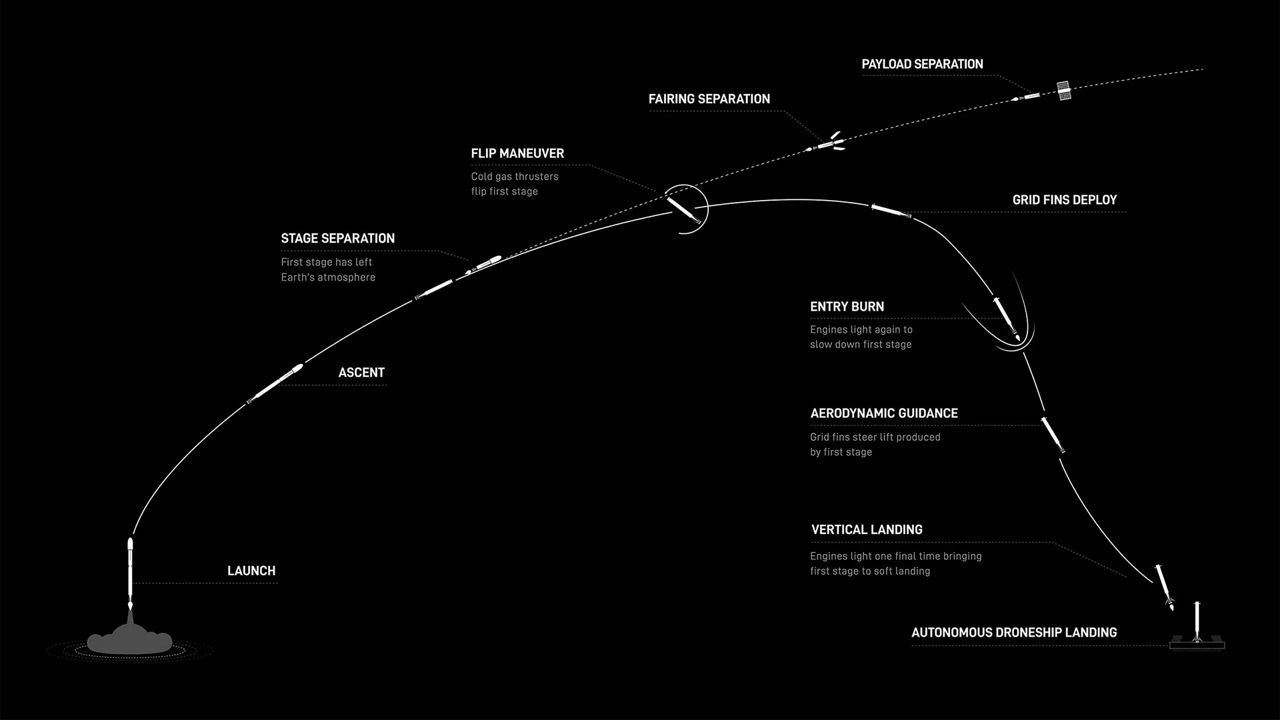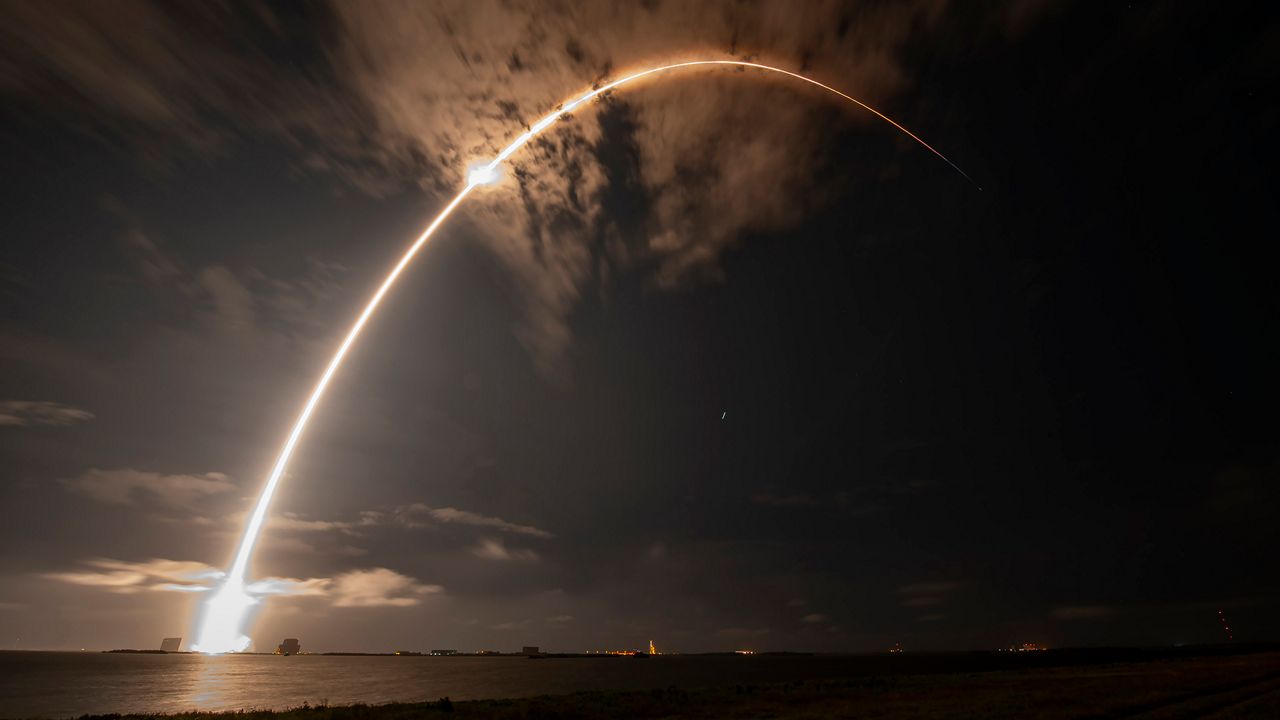CAPE CANAVERAL SPACE FORCE — Late Friday night, SpaceX’s Falcon 9 rocket was able to launch more than 20 Starlink satellites.
What You Need To Know
- More than 20 Starlink satellites were launched from Space Launch Complex 40
Liftoff! pic.twitter.com/PYY2OHIazz
— SpaceX (@SpaceX) September 16, 2023
The well-known rocket left Space Launch Complex 40 at Cape Canaveral Space Force Station at 11:38 p.m. ET, sending nearly two dozen satellites into low-Earth orbit, confirmed SpaceX.
The previous launch attempt, Friday at 12:03 a.m. ET, was scrubbed, with SpaceX hinting that Hurricane Lee was the reason.
The California-based company does not normally say what the cause is for a scrubbed launch, but more than 12 hours before Friday’s original liftoff time of the Starlink 6-16 mission, SpaceX stated its teams were keeping an eye on Hurricane Lee in the Atlantic Ocean.
Standing down from tonight’s Falcon 9 launch attempt, next available opportunity is 11:38 p.m. ET tomorrow night → https://t.co/bJFjLCiTbK
— SpaceX (@SpaceX) September 14, 2023
The reason why this would be a concern is that SpaceX’s droneship Just Read the Instructions was stationed out in the Atlantic Ocean, waiting for the Falcon 9 rocket’s first-stage booster to land.
And there was a concern that the weather may not have been any better for Friday night’s liftoff. The 45th Weather Squadron gave a 65% chance of good liftoff weather for the Friday morning launch attempt, but its forecast for Friday night’s launch was 45%, with the main worries being the cumulus cloud and anvil rules.
Learn more about NASA’s weather criteria for the Falcon 9 rocket here.
If the second launch attempt was scrubbed, the next two chances would have been Saturday, Sept. 16, at 11:13 p.m. ET and then at 11:38 p.m. ET.
Meeting the first-stage booster
This Falcon 9’s first-stage booster, B1078, has had four successful missions so far.
Falcon 9’s first stage has landed on the Just Read the Instructions droneship stationed in the Atlantic Ocean pic.twitter.com/7fr7n7R62W
— SpaceX (@SpaceX) September 16, 2023
Once the stage separation was completed, old B1078 landed on the droneship Just Read the Instructions that was out in the Atlantic Ocean.

About the Mission
The Starlink 6-16 mission saw 22 satellites join the thousands that are already in low-Earth orbit.
These satellites provide internet access to many parts of the round planet, stated the Starlink company, which is owned by SpaceX.
Before the launch, astronomer Jonathan McDowell of Harvard-Smithsonian Center for Astrophysics documented the current number of the Starlink satellites:
- 4,743 are in orbit
- 4,713 in working order
- 4,065 are operational orbit




